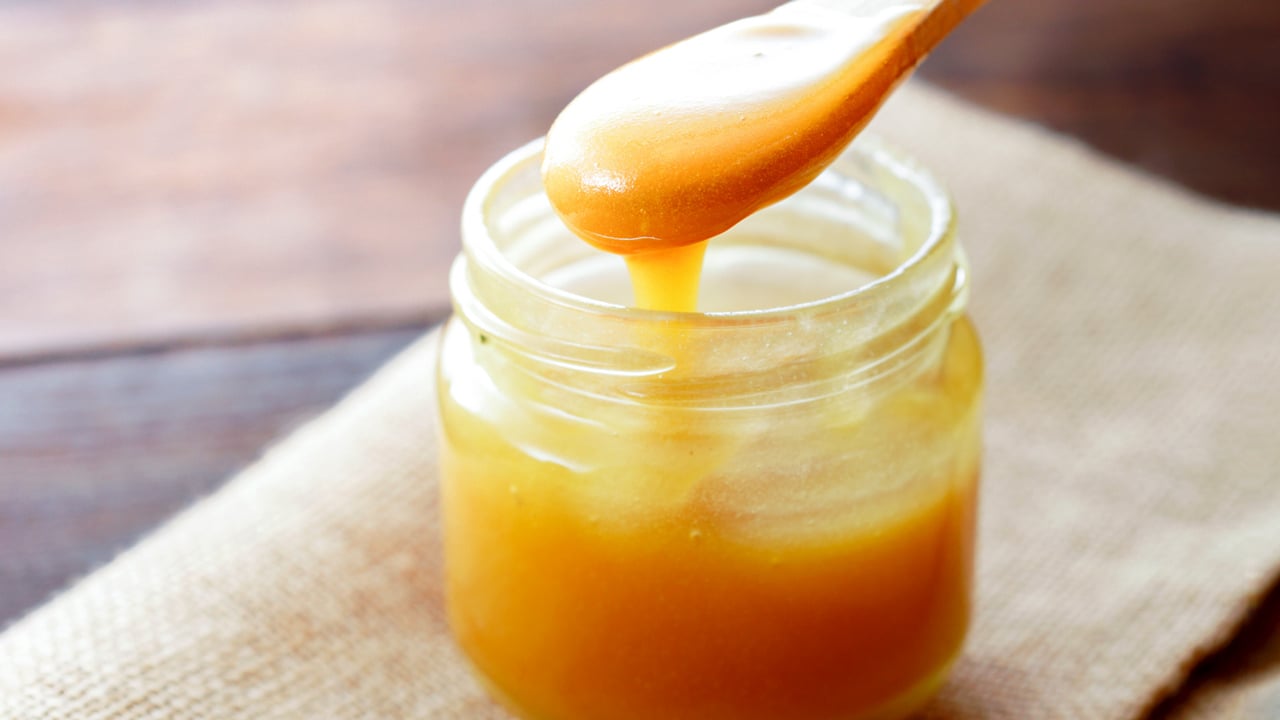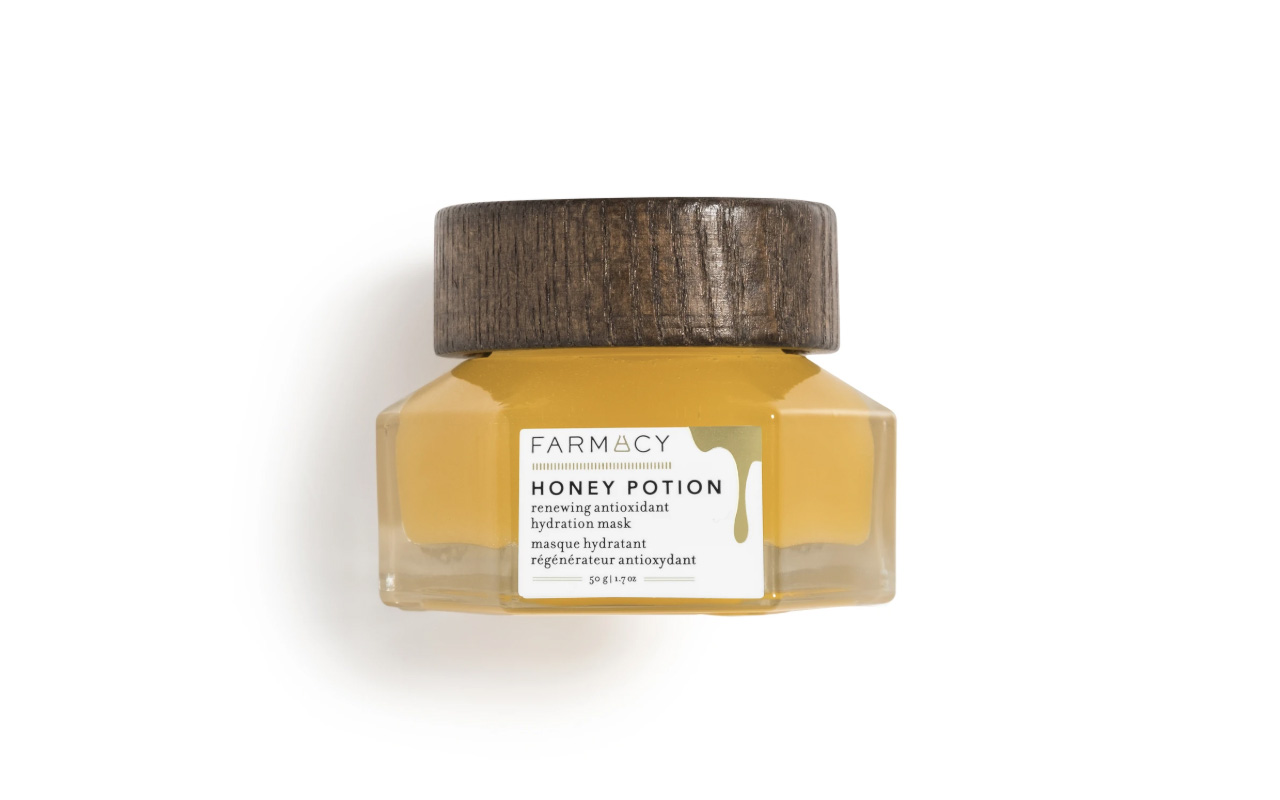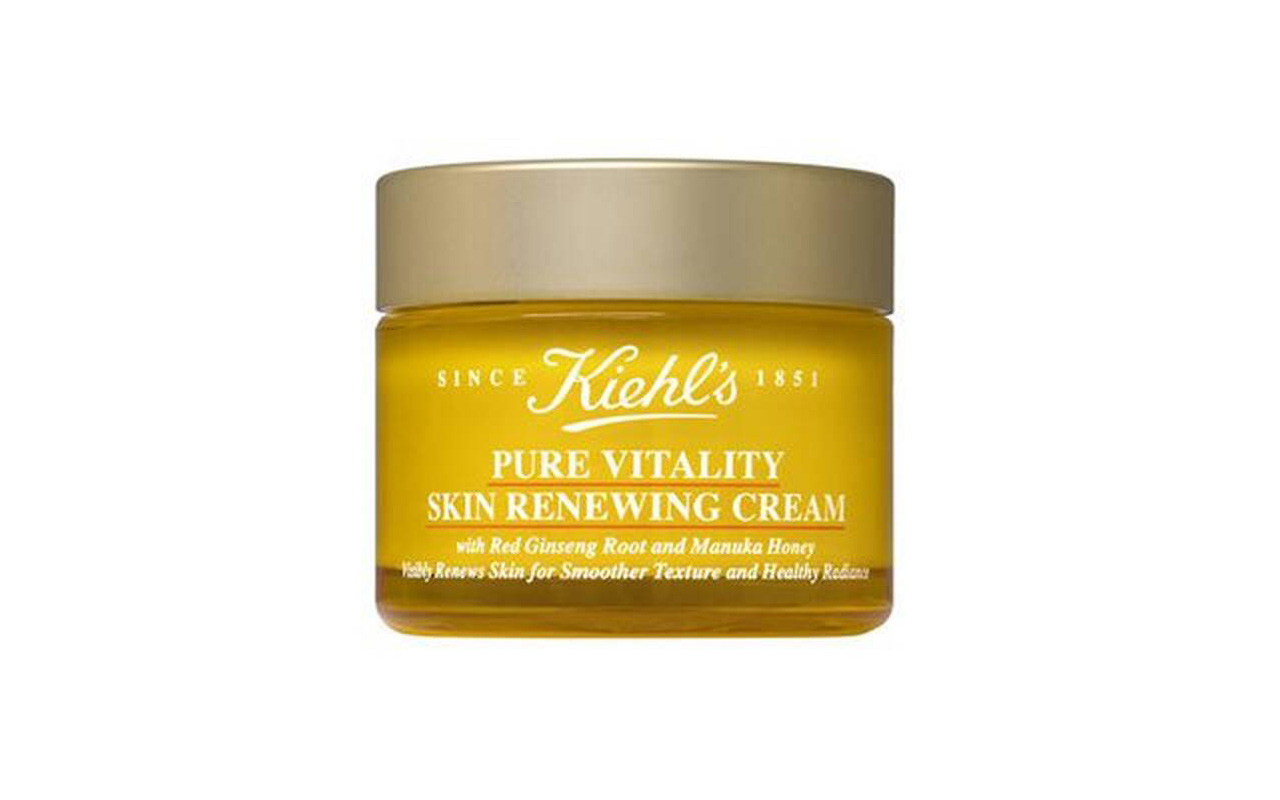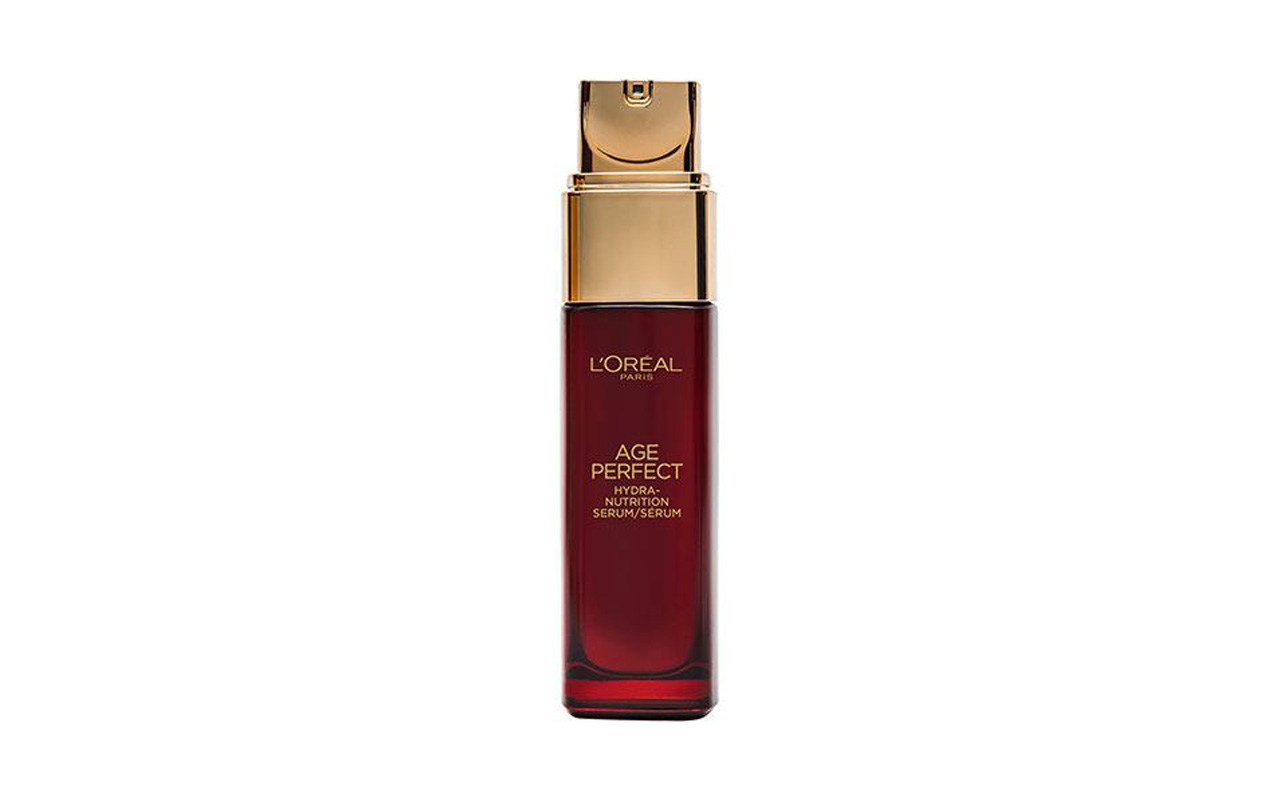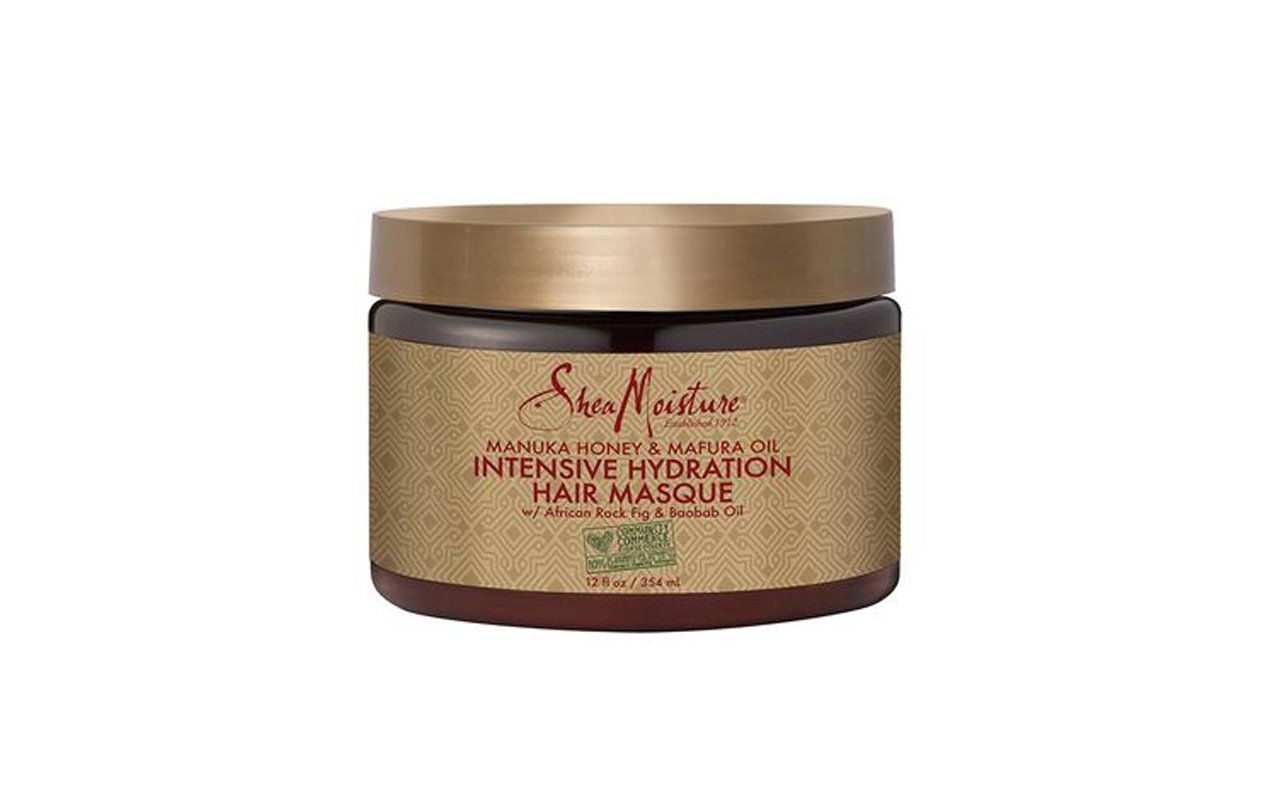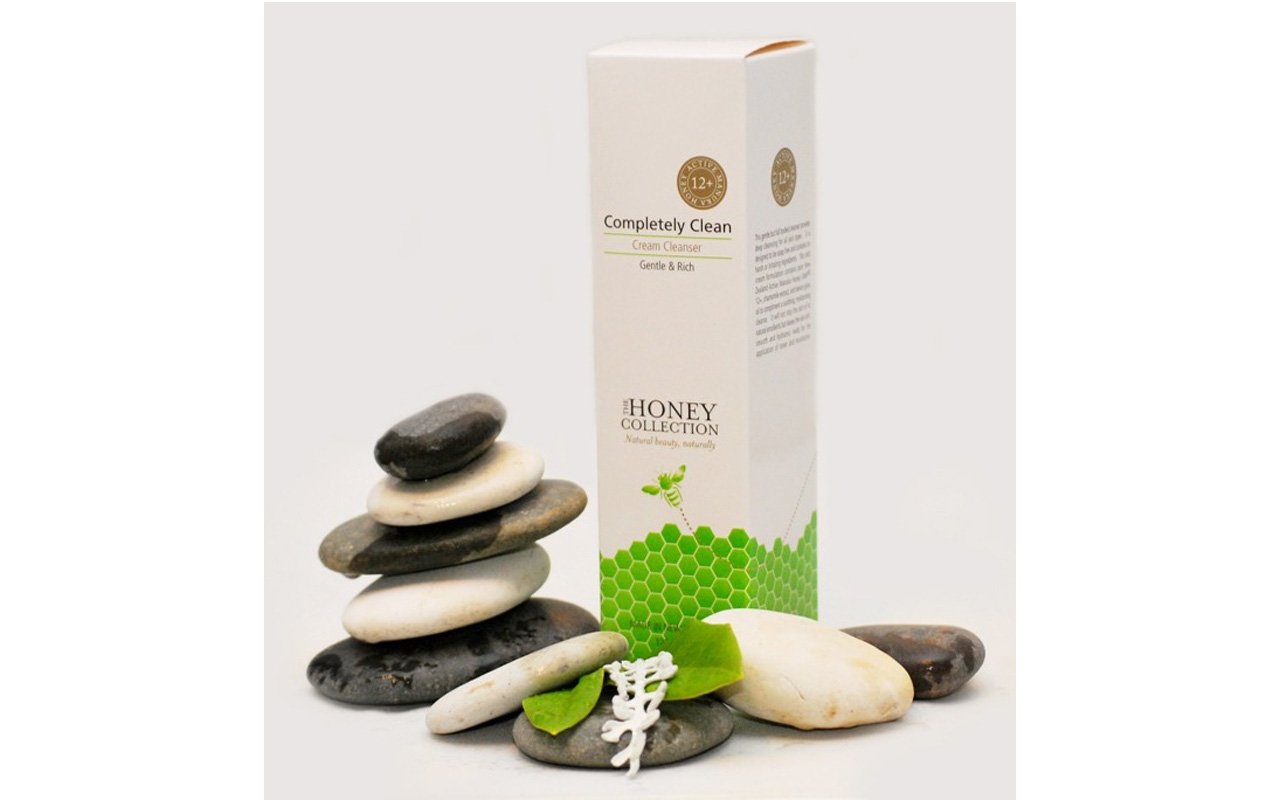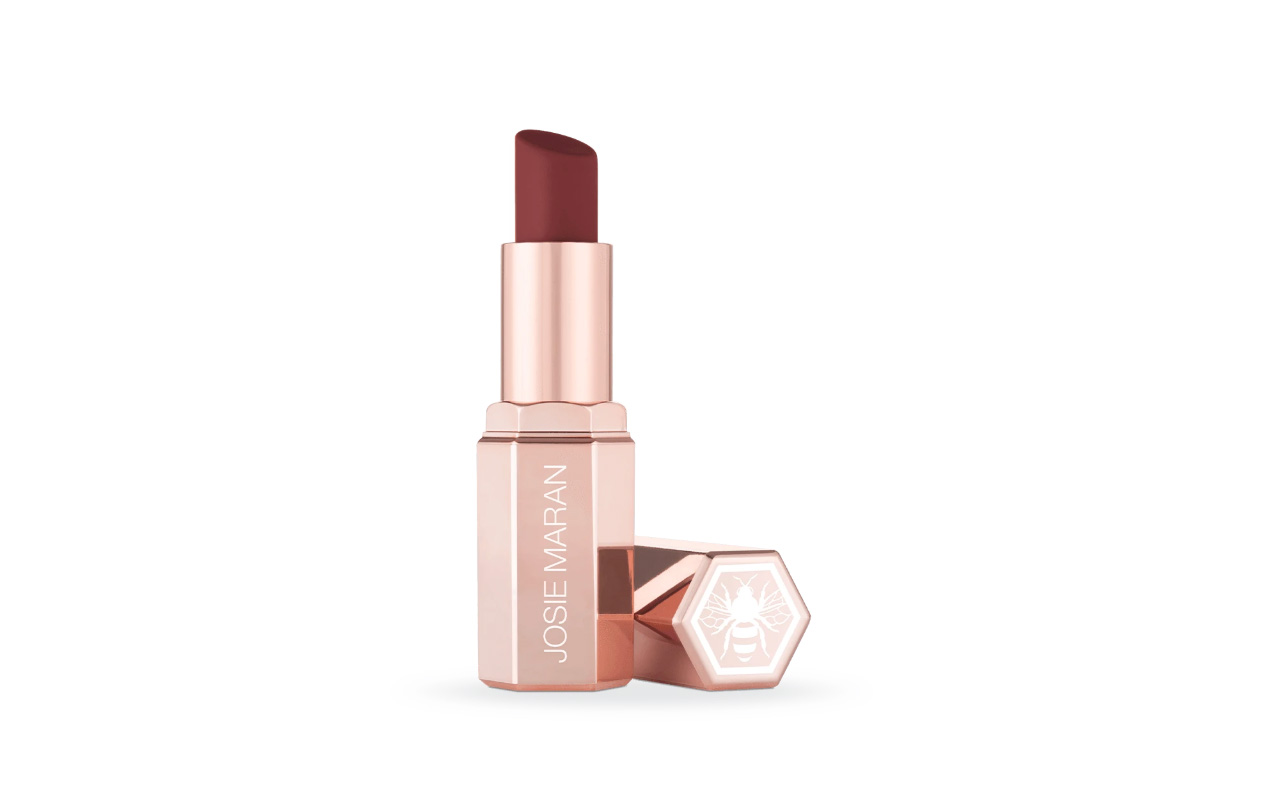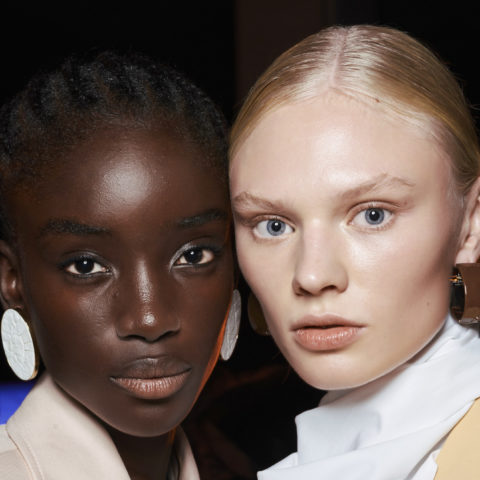Why Is Manuka Honey Good for Your Skin and Hair?
For starters, it's moisturizing, antibacterial, and anti-inflammatory. Here's the latest on Manuka honey, including the buzziest new beauty products containing the liquid gold.

I don’t know about you, but this quarantine life has flipped my beauty and style routine upside down. I’ve gone from my usual bright lip and loose waves (a.k.a. actually doing my hair and makeup) to top knots and a bare face every day. And I’m not gonna lie, there have been a couple of skipped showers in there, too (not to mention some frequent wearing of leggings).
Staying in has upended my beauty routine, with one key exception: my skin. Without doing my makeup daily, I have nothing covering my face which means I’m even more focused on treating my dry patches, occasional zits and overall tired complexion. But online retailers are backlogged with deliveries, and even though some stores are starting to open up, I’m still avoiding popping out to my local Sephora for a new beauty haul in order to continue physical distancing. Instead, when it comes to skincare, I’m turning to somewhere *a lot* closer to home—my kitchen pantry—and opening up the honey jar. I’ve used Manuka honey as a spot treatment for pimples, and even to help heal a small burn on my arm. Just dipping a bandage in a bit of honey and popping it on the wound helped with the redness and irritation right away.
But don’t just take my word for it. As an ingredient, Manuka honey, a type of honey sourced from the Manuka plant in New Zealand, goes above and beyond the regular table honey you might put on your toast. It’s a moisturizer, antibacterial, and anti-inflammatory, meaning it can be helpful for many skin types. And while table honey can be moisturizing on its own, it’s Manuka’s special ingredient that puts it over the top as a beauty aid. Manuka is full of methylglyoxal, the active ingredient that makes the honey so potent (and most likely accounts for the higher price tag). Basically, Manuka is the Champagne of honeys, honey.
While some people opt to slather straight honey all over their faces, the golden nectar can be found in many skincare and beauty brands. Briogeo makes a beloved honey hair mask, Josie Maran puts the natural ingredient in a body butter and Farmacy includes honey in nearly all of their cult favourite products.
Foreo, a Swedish skincare brand, recently included a device-activated mask featuring Manuka honey in their Farm to Face collection. Product development specialist Federica Pizzinato told FLARE via email that the brand was looking to highlight the nectar as a key ingredient. “Honey’s ability to absorb and retain moisture makes it an ideal ingredient for cosmetics as it helps keep skin hydrated, fresh and prevents it from drying, meaning skin is left younger-looking, radiant and smooth,” Pizzinato says.
Donna Paty, a national education and customer experience manager for Kiehl’s has noticed a trend towards more natural ingredients and an uptick in Manuka within the skincare world in recent years and says the brand included Manuka in their new Pure Vitality Skin Renewing Cream because honey is a moisturizing ingredient that nearly all skin types can tolerate. “Manuka honey, specifically, helps to strengthen the skin’s natural barrier, and at Kiehl’s we believe that the key to achieving healthier, stronger, younger looking skin is to help restore the moisture barrier, which weakens as we age,” Paty says.
Here’s what the buzz around Manuka honey is all about.
Honey has historically been used in beauty products
Using honey in skincare may seem kind of odd, but it shouldn’t actually be all that surprising. Because, as dermatologist Zaki Taher points out, honey has been used as an ingredient in beauty products for centuries. “In Venice it was in makeup, in Egypt it was used in eye makeup,” Taher says, adding that it has also historically been used in India, Iran and Persia. As far back as 2180 BCE, honey was used as a face ointment to help heal scares, and even mixed with milk for a soothing bath. The big draw to using the ingredient in those kinds of products is the fact that honey is a humectant, which is a moisturizer that works by drawing or absorbing water to the skin.
But despite having a long history of use in beauty products, there aren’t a lot of scientific studies on the health benefits of honey, so Taher says the product is considered “complementary and alternative medicine.” Like using acupuncture to treat pain, or adding herbs to your diet, complementary treatments are often known to get results, even if you don’t find them at the pharmacy. Basically, you might not get a prescription for honeycomb but there is still evidence of its benefits—like keeping your hair silky smooth.
“Where honey really has that good moisturizing effect is in keratin, which is what our hair is made of. So I find that hair treatments with honey may have a good effect,” Taher said. Because keratin is a protein, it binds with other proteins, like those in honey, to restore weak or broken strands.
And Manuka honey has even more benefits. Because of its antibacterial and anti-inflammatory properties, it helps deep wounds, cuts and even ulcers heal faster. This is because the sugar in the honey draws excess liquid out of the wound, causing blood flow to increase in the area and stimulate healing. But in skincare, Manuka’s properties are best used as a potent moisturizer, and in treating acne. Due to its anti-inflammatory properties, Manuka honey can help reduce redness and bring down those bumps, leaving less bacteria behind. A dab of Manuka directly on a zit can make a potent spot treatment. (FYI, these benefits are unique to Manuka. You won’t find the same antibacterial agents in other honey products).
And there’s even a special rating system for honey
If you want to skip products that contain honey and go with the pure stuff, your first step is to look for jars with a UMF rating on them. The Unique Manuka Factor is stringently tested and overseen by the UMF Honey Association (UMFHA) in New Zealand; this consumer agency has regulators and researchers overseeing Manuka honey production across New Zealand. If you want to try pure Manuka honey as a skin treatment, get a jar with the highest UMF rating you can find. The higher the UMF rating, the more potent the honey.
John Rawcliffe, a spokesperson for the UMFHA, says the rating system is a way for the association to say to the consumer “we know this is good for you and these are the markers that are behind it to show the level of goodness, or the potential.”
And if you want to know even more about your honey, like which area of the country it came from, or even which hive, some cosmetics companies are introducing new technology to help consumers trace the jar they pick up at the supermarket. Hayden Stowell, who established the traceability software that beauty company Flora uses, says that because of the value of the honey, Flora wanted to come up with safeguards to prevent counterfeiting—which is actually a thing. Sometimes Manuka is watered down or mixed with other honey, and some brands have labeled honey from outside of New Zealand as Manuka. (In fact, New Zealand is trying to copyright Manuka, in the same way that Champagne only comes from a specific region in France). “[There’s a] need for consumers to know that what they’re buying is genuine,” Stowell says. “People care more and more about what they’re eating, what’s in their food, and where it came from.” That includes what folks are putting on their bodies as well.
Stowell began introducing NFC tags—tiny little stickers that work like QR codes—in the labels of Flora jars that interact with your phone. You just tap your phone over the jar and up pops everything you might want to know about the honey. “We wanted to tell our story in a more innovative way, and give some real good insight into the company. [With the NFC tags] people knew the product was authentic and knew more about it.”
Moral of the story: do your Manuka honey research first
Like with all skincare ingredients, dermatologist Katie Belezany recommends doing your research first. That means looking up reviews of new products, chatting with your dermatologist, and doing a patch test to see if you have a reaction to the honey. Just because Manuka honey is natural doesn’t mean your skin will automatically adjust or like it. “There are many botanicals and natural ingredients that people could react to,” Belezany says. “For instance, poison ivy is natural, and that’s not good to put on your skin. So we do still have to be cautious with natural products for some patients.”
With all the options for products with honey as an ingredient, finding the right one for your skin can be overwhelming. Belezany says the more evidence you can find, the better. “Look at the literature, look at the product.”
Once you find the perfect Manuka honey skincare or hair product, slather it on like Winnie the Pooh, honey.

